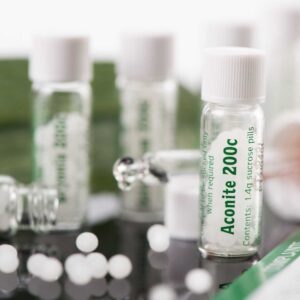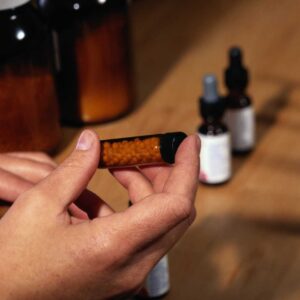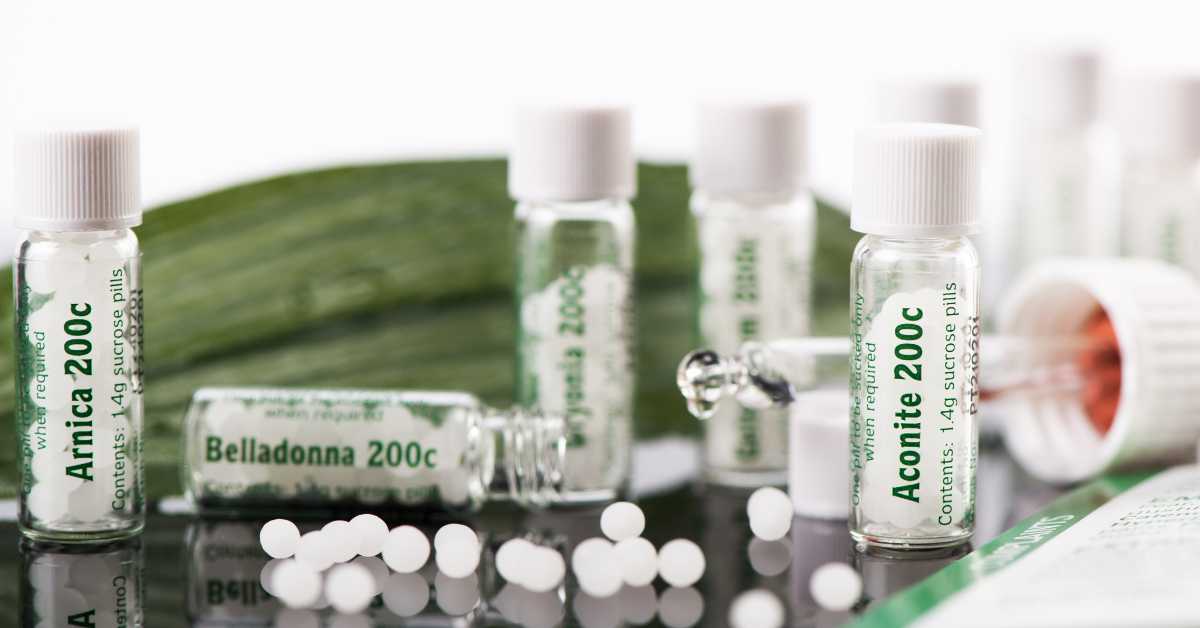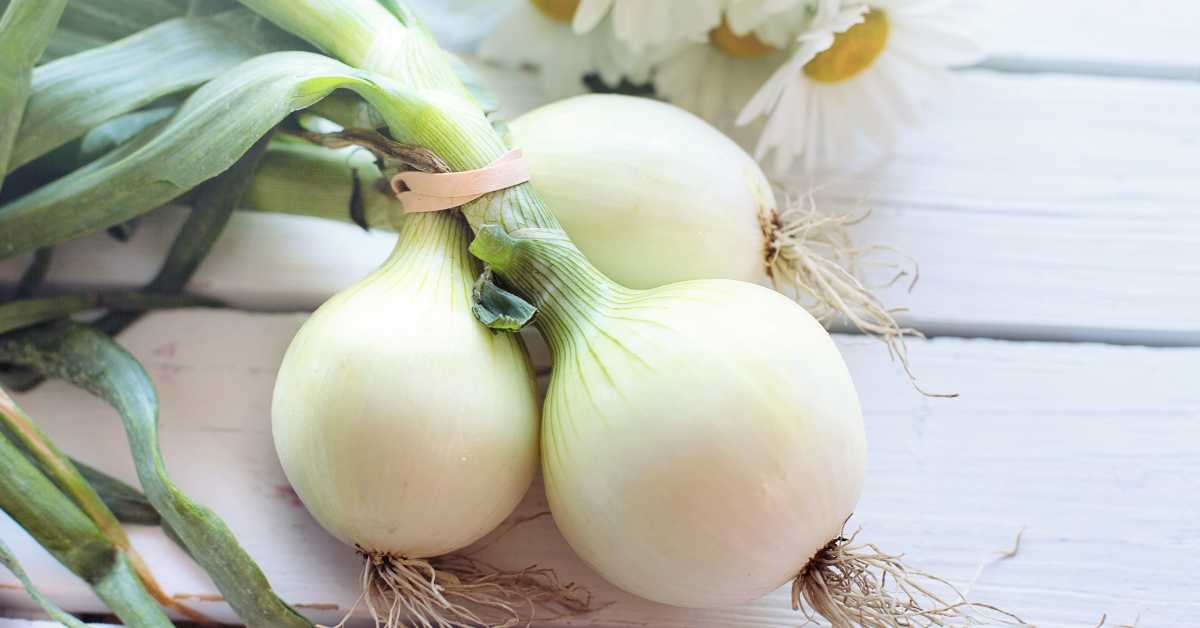Homeopathic remedies are safe, inexpensive, and effective for many of the health problems that families face. It should be noted that homeopathic remedies are selected and dosed in a slightly different way than conventional medicines, which can make getting started daunting. In this article, I cover how to choose a homeopathic remedy, administer homeopathic remedies, and know if a remedy is working. I also include some safety notes for infancy, pregnancy, breastfeeding, and drug interactions.
What Are Homeopathic Remedies?
Homeopathic remedies are highly diluted natural medicines. They can be made from any substance, including plants, animals, and minerals. Examples include Arnica, made from the plant arnica montana; Calcarea Carbonica, made from oyster shells; and Natrum Muriaticum, made from sodium chloride aka table salt.
The dilution process of homeopathic remedies is important. Remedies are usually diluted by a factor of 10 or 100 a certain number of times. Each dilution increases the potency of a remedy.
How Are Homeopathic Remedies Labeled?
Homeopathic remedies are labeled with the name of the remedy and the potency. The name may be written out completely or it may be abbreviated. For example, Calcarea Carbonica may be shortened to Calc Carb, Calc, or Calc C.

The potency of a remedy is written in two parts. The first part is a number that indicates how many times the remedy has been diluted and the second part is a letter which indicates whether the remedy has been diluted by a factor of ten (X or D) or one hundred (C). Sometimes you will also see an H or K on the label. This refers to the method by which the remedy was made (Hahnemmanian or Korsakovian). For example, the remedy labeled Calc Carb 30 CH contains Calcarea Carbonica that has been diluted by 100 thirty times, using the Hahnemmanian method.
Professional homeopaths use many potencies with additional letters and numbers to indicate different preparations. However, in a home remedy kit, you’ll usually find remedies that are labeled 6X, 12X, 30X, or 6C, 30C, or 200C.
To learn more about homeopathy kits, see How To Create A Family Homeopathy Kit – Dr. Green Mom.
How To Choose A Homeopathic Remedy
Homeopathic remedies are chosen based on the totality and specific quality of symptoms as well as the mood or state of the person experiencing symptoms.
When treating colic, for example, various homeopathic remedies may be helpful depending on what symptoms the infant is experiencing. A baby who has a flushed face, arches backward when held, and screams loudly would be given Belladonna as a remedy. In comparison, a baby who pulls up their legs when experiencing colic pain, has one red cheek, cries when put down, and seems irritable, cranky, and sensitive would be given Chamomilla.
A good reference book containing the usual homeopathic remedies of childhood and recommendations of when to use them is indispensable. The books that I find the most helpful for families are Homeopathic Medicine For Children & Infants by Dana Ullman and The Homeopathy Bible: The Definitive Guide To Remedies by Ambika Wauters.
Specific Remedies Vs. Combination Remedies
Many companies make combination remedies (aka homeopathic complexes), which are a mix of various remedies to treat one specific health issue. Examples of popular homeopathic complexes include Traumeel for pain, and Pascallerg for hayfever. Examples of specific remedies include Oscillococcinum for influenza and influenza-like-illnesses, and Arnica for pain and shock.
In my practice I use both specific remedies and combination remedies depending on the conditions being treated and the availability of remedies.
How To Choose A Homeopathic Potency
Choosing a homeopathic potency is more of an art than a science, but there are some guidelines that can help.
The more dilute a remedy is, the higher its potency. That means that remedies labeled with a C (diluted by factors of one hundred) are more potent than remedies labeled with an X (diluted by factors of ten). It also means that remedies labeled with higher numbers like 200 are more potent than remedies labeled with lower numbers like 6.
It’s important to note, however, that a remedy is not stronger or better simply because it has higher potency. High and low potency remedies are used differently.
When To Choose Low Potency Remedies
Low potency remedies are usually prescribed multiple times per day for chronic and/or physical symptoms. You’ll find low potencies in most complex homeopathic remedies. For example, Boiron’s homeopathic complex for teething, Camilia, contains 5C and 9C potencies.
Low potency remedies include X remedies up to 30X and C remedies up to 12C.
When To Choose Medium Or High Potency Remedies
Medium-to-high potency remedies are chosen for acute problems and mental-emotional symptoms. Though there are exceptions, these remedies are generally only taken one to four times per day and/or for a short time period. These are the remedies that I most often prescribe and keep in my home remedy kit.
Medium-to-high potency remedies include 200X, 30C, and 200C. For example, Oscillococcinum contains 200C potencies.
A Note About Very High Potency Remedies
Very high potency remedies tend to be used by professional homeopaths and are usually only taken once every month or so. These remedies are for deeper healing and require professional guidance.
Very high potency remedies include 1000C (also written as MC or M) and higher.
Safety Considerations When Choosing A Homeopathic Remedy
Because homeopathic remedies are highly diluted, they are quite safe. They don’t interact with other medications and rarely cause side effects; however, there are a few considerations to be aware of.
Choose A Reputable Homeopathic Brand & Store
Choosing a reputable manufacturer and supplier is the best way to guarantee safety when purchasing a homeopathic remedy. This ensures that remedies are made and handled with optimal efficacy, are diluted properly, and don’t contain dangerous contaminants.
The manufacturers that I prefer for my remedies are Boiron, Heel, UNDA, Pascoe, Dr. Weckeweg, and I and E Organics. Some of these brands are practitioner-only or are difficult to get in the United States. Boiron is the most accessible for patients.
Choosing a reputable store to purchase your homeopathic remedies is increasingly important as fake products are readily available on the market. I prefer to buy direct from the manufacturer, if possible, or from locally owned businesses.
To learn more about homeopathy kits, see How To Create A Family Homeopathy Kit – Dr. Green Mom.
Toxic VS. Non Toxic Remedies
Sometimes homeopathic remedies are made from plants or other materials that if taken at full strength are toxic. A common example is the remedy belladonna. When taken at full strength it can cause poisoning, but when taken at a 6C or higher potency there is no chance of poisoning.
In 2017, the FDA initiated a recall of Hyland’s homeopathic teething tablets because they contained higher than advertised amounts of belladonna and coffee and were possibly linked to infant seizures. Hyland’s has since reformulated their tablets and removed belladonna.
How To Take Homeopathic Remedies
Taking homeopathic remedies is fairly straightforward. If you’ve been prescribed a homeopathic remedy by a professional, always follow their guidelines. When using over-the-counter homeopathic complexes, simply follow the product guidelines. If you’re using individual remedies from a tube, hold the tube upside-down and twist to dispense the pellets into the cap. Use the cap to drop the pellets into the mouth.

Avoid Touching Homeopathic Remedies With Hands
Most professionals, myself included, will tell you to avoid touching homeopathic remedies with your hands because the remedy is coated on the outside of the pellet rather than being distributed throughout it. If the pellets are touched for any length of time, the remedy may be rubbed off of the pellets. There’s also a concern that any residue on the hand from body, skincare, or cleaning products may alter the homeopathic remedy and reduce its efficacy.
Do Essential Oils Inactivate Homeopathic Remedies?
Many professional homeopaths instruct their clients to avoid strongly scented products while taking a homeopathic remedy because of the possibility that the remedy could be inactivated. This includes coffee, peppermint products (like toothpaste), camphor products (like chest rubs), synthetic fragrances, and most essential oils.
In my experience, the importance of avoiding these strong scents varies from person to person and remedy to remedy. I usually recommend that patients avoid coffee, essential oils, and mint for at least four hours after taking a remedy. Sometimes, I have patients avoid these for the duration of their treatments.
How Do You Know If A Homeopathic Remedy Is Working?
Determining if a homeopathic remedy is working is one of the most important parts of using homeopathic medicine. One of the surest signs that I see in small children is that they often get tired after taking a remedy and have a deep and healing sleep.
Not everyone gets sleepy after taking a remedy so it is important to pay attention to symptoms. I find it helpful to write a list of symptoms with a number out of ten indicating the intensity so that I can compare before and after (eg. runny nose – 7/10, fever – 102F, irritability 3/10).
A well chosen remedy usually produces improvements within minutes. If a person isn’t responding to a remedy after several doses, it is time to try a different remedy.
How Often To Dose Homeopathic Remedies
The timing of homeopathic remedy doses depends largely on the severity of the symptoms. For severe symptoms, like high fevers and intense pain, I often give doses one hour apart. For less intense symptoms, I often recommend 3-6 doses of a remedy per day depending on the potency chosen and how the person responds. For chronic conditions, I usually dose 1-4 times per day if using 30C and daily or weekly if using 200C or higher.
Frequently taking high potency remedies (200C and higher) can result in a healing crisis or temporary worsening of symptoms. While it may be appropriate to take several doses of a 200C remedy in one day to deal with acute symptoms, they shouldn’t be dosed multiple times per day for chronic conditions unless advised by a professional.
Homeopathic Safety Notes For Infants
Homeopathic pellets pose a choking hazard for infants. Instead, I recommend liquid remedies if available. If not, pellets can be dissolved in water and a dropperful or small sip given to infants. It isn’t necessary for the pellet to fully dissolve as the remedy is only on the outermost layer of the pellet.
Homeopathic Safety Notes For Pregnancy & Breastfeeding
It’s my opinion that homeopathy is quite safe during pregnancy and breastfeeding. There is a long history of pregnant and breastfeeding women using homeopathic remedies without any adverse effects. However, to my knowledge, there have not been any studies or clinical trials demonstrating the safety of homeopathic medicine during pregnancy and breastfeeding.
Homeopathic Drug Interactions
Homeopathic medications don’t contain any chemical substances; therefore, they do not interact with conventional medication in the same way that herbal medicine or other nutraceuticals do. However, there are a couple of drug interactions to keep in mind.
- Homeopathic treatment may reduce the need for other medications. In my practice, this has been most notable with blood sugar lowering medication and blood pressure medication.
- Some conventional medications, especially corticosteroids and certain antibiotics, seem to reduce the efficacy of some homeopathic medicines. In these cases, the homeopathic medicines may have to be repeated more frequently. Consult a professional for advice in these cases.
When To Consult A Professional Homeopath
Home treatment of common minor ailments with homeopathic medicine is a great choice for many. However, when dealing with more serious or chronic conditions, the advice of a professional homeopath is invaluable. Professional homeopaths can also give advice when seemingly well-chosen remedies fail to work. Homeopathic medicine can be used constitutionally, an approach that focuses on improving the overall health of a person, but requires professional advice.
When Not To Use Homeopathic Remedies
I like to think of home treatment with homeopathic medicine as a replacement or adjunct to home treatment with any over-the-counter medicine. However, it is not a replacement for medical attention. Never delay or avoid a necessary trip to the doctor or hospital in favor of home treatment of any kind.
Summary
Homeopathic remedies are a form of highly diluted natural medicine. The more dilute a remedy, the higher its potency. Homeopathic remedies are available as single remedies or as complex combination remedies. Combination remedies tend to be easier to administer at home as long as the label directions are followed. Homeopathic remedies should never replace the advice of a physician or delay necessary medical attention.
References:
Schneider C. Traumeel – an emerging option to nonsteroidal anti-inflammatory drugs in the management of acute musculoskeletal injuries. Int J Gen Med. 2011 Mar 25;4:225-34. doi: 10.2147/IJGM.S16709. PMID: 21556350; PMCID: PMC3085232.
Aouina H, Bamri A, Vesin A, Danno K, Aubry E, Faure C, Boujedaini N. Oscillococcinum® for upper respiratory tract infections and exacerbations in COPD: an observational, prospective study (OXITUNIS). Drugs Context. 2021 Jul 29;10:2021-4-2. doi: 10.7573/dic.2021-4-2. PMID: 34349821; PMCID: PMC8328054.
Colombo GL, Di Matteo S, Martinotti C, Oselin M, Bruno GM, Beghi GM. The preventive effect on respiratory tract infections of Oscillococcinum®. A cost-effectiveness analysis. Clinicoecon Outcomes Res. 2018 Jan 23;10:75-82. doi: 10.2147/CEOR.S144300. PMID: 29416364; PMCID: PMC5788925.
Mathie, R. T., Frye, J., & Fisher, P. (2015). Homeopathic Oscillococcinum® for preventing and treating influenza and influenza-like illness. The Cochrane database of systematic reviews, 1(1), CD001957. https://doi.org/10.1002/14651858.CD001957.pub6
Trompetter, I., Lebert, J., & Weiß, G. (2015). Homeopathic complex remedy in the treatment of allergic rhinitis: results of a prospective, multicenter observational study. Forschende Komplementarmedizin (2006), 22(1), 18–23. https://doi.org/10.1159/000375244
Voß, H. W., Michalsen, A., & Brünjes, R. (2018). Efficacy and tolerability of a complex homeopathic drug in children suffering from dry cough-A double-blind, placebo-controlled, clinical trial. Drug research, 68(8), 444–449. https://doi.org/10.1055/s-0043-124179
Raak, C., Krueger, P., Klement, P., De Jaegere, S., Weber, S., Keller, T., Ilyenko, L., Martin, D., & Ostermann, T. (2019). Effectiveness of a homeopathic complex medicine in infantile colic: A randomized multicenter study. Complementary therapies in medicine, 45, 136–141. https://doi.org/10.1016/j.ctim.2019.05.026








